Ganden Monastery was founded by Je Tsongkhapa Lozang-dragpa (1357–1419) in 1409. Tsongkhapa built Ganden’s main temple, with large statues and three-dimensional mandalas. He often stayed at Ganden, and died there in 1419.
The name “Gelug” is an abbreviation of “Ganden Lug”, meaning “Ganden Tradition.” The Ganden Tripa, or “throne-holder of Ganden” is the head of the Gelug school. The monastery was divided into four colleges at the time of the 2nd Ganden Tripa…
Later these were consolidated in two, Jangtsey and Shartsey, located respectively to the north and east of the main temple. Both combine the study of sutra and tantra. Study methods include memorization, logic and debate. The colleges grant degrees for different levels of achievement, evaluated by examination and formal public debate.
In the 1860s a meeting called “the great Ganden Monastery, Drepung Monastery, and the government officials” was organized by Shatra, a lay aristocrat. The existing regent was deposed by this assembly and replaced by Shatra. From then on the assembly, or Tsondu, chose the regents and played a significant political role as a consultative body. The monasteries of Ganden, Sera and Drepung was so great that they could in effect veto government decisions with which they disagreed. These three monasteries had 20,000 monks in total, supported by large estates of fertile land. At one time the Ganden monastery could support over 5,000 monks.
Ganden Monastery was completely destroyed in 1959. In 1966 it was severely shelled by Red Guard artillery, and the buildings were reduced to rubble using dynamite during the Cultural Revolution (1966–76). Most of Tsongkhapa’s mummified body was burned, but his skull and some ashes were saved from the fire by Bomi Rinpoche, the monk who had been forced to carry the body to the fire.
Early in 1996, after a ban had been imposed on pictures of the Dalai Lama, 400 monks at Ganden rioted. They were fired upon by PLA troops, apparently causing two deaths and several injuries, followed by the arrest of one hundred monks. As of 2012 there were about 400 monks.


